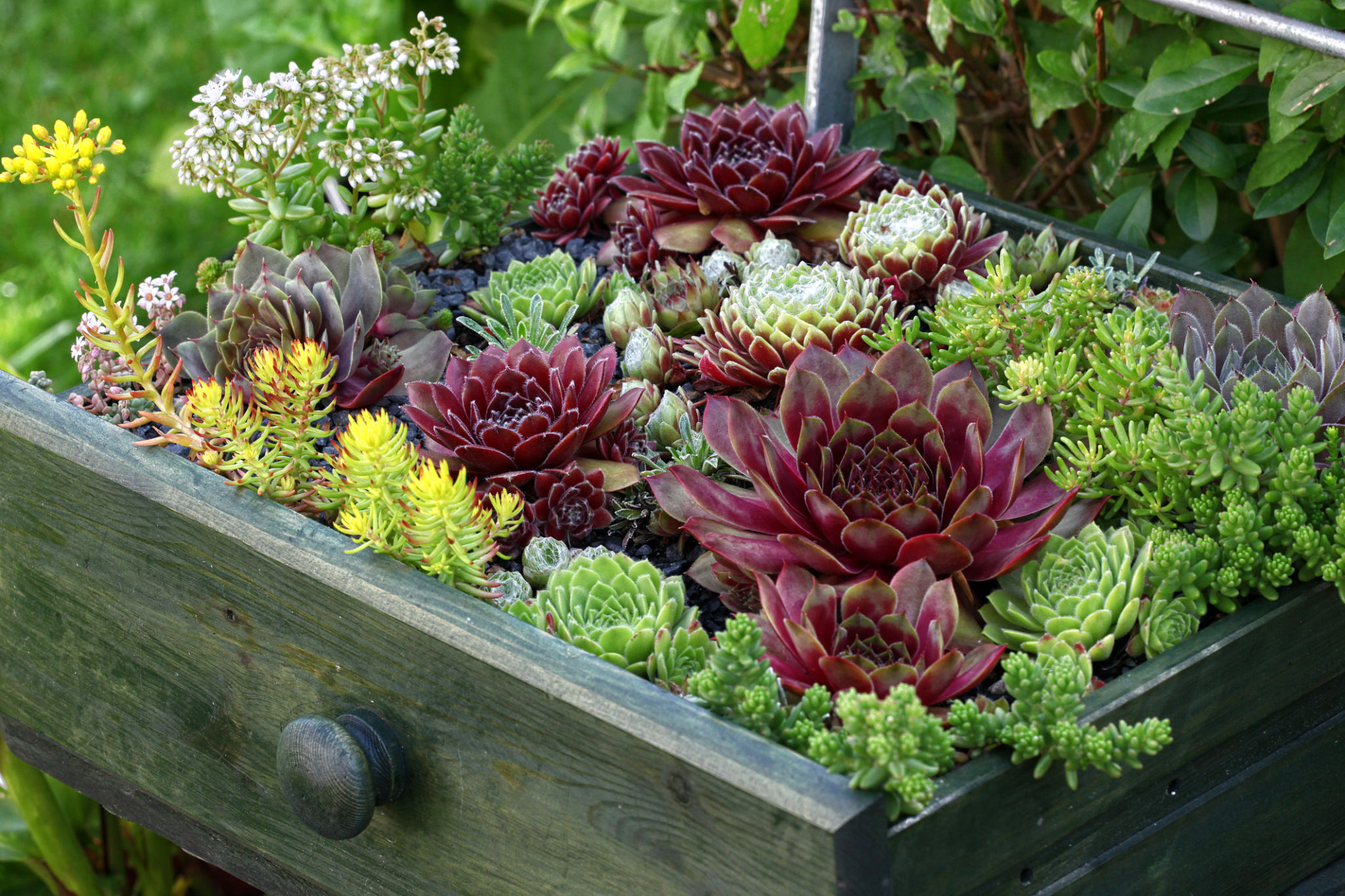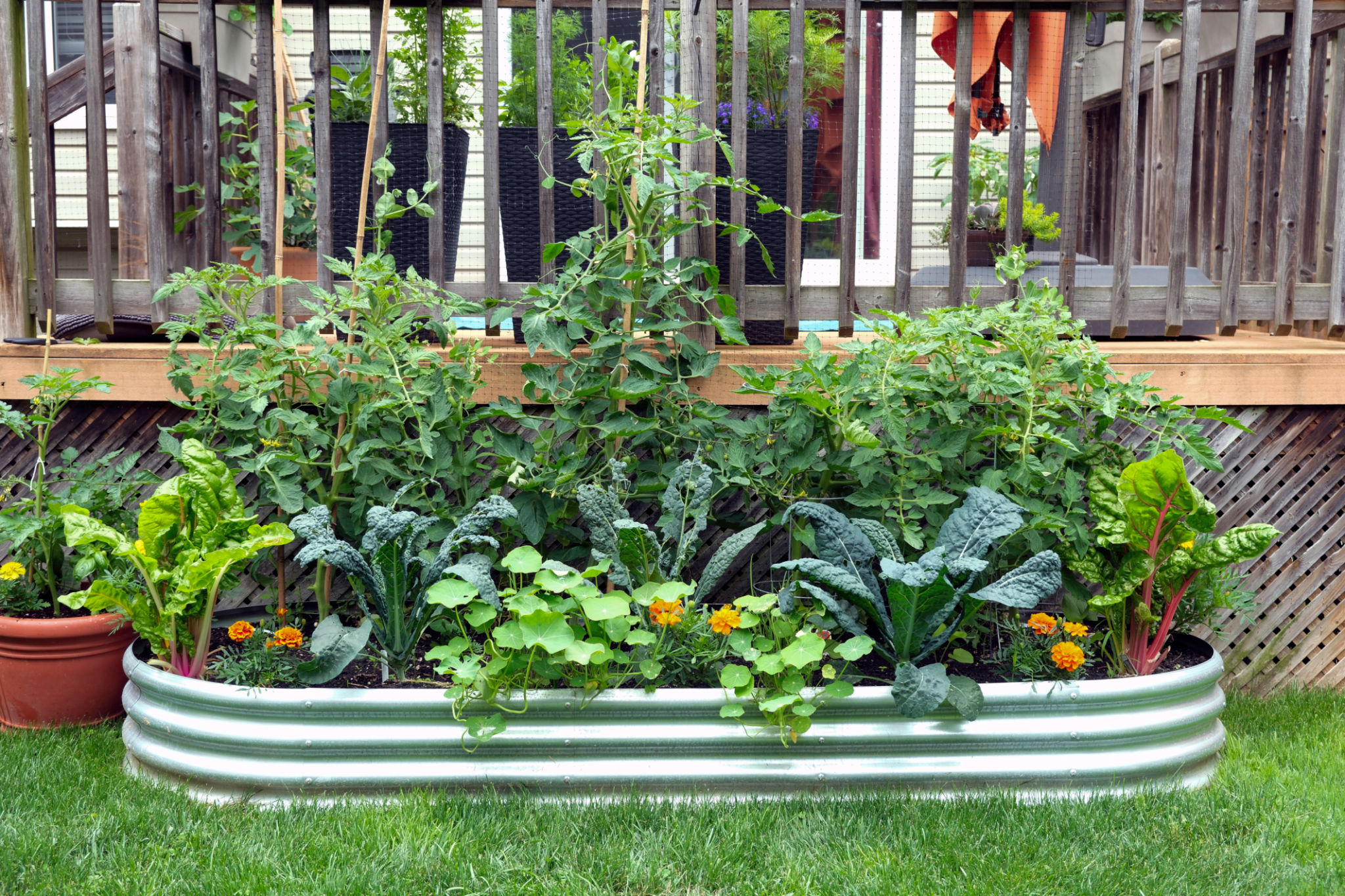DIY Landscaping: How to Create a Low-Maintenance Garden
Start with a Plan
Creating a low-maintenance garden begins with thoughtful planning. Consider the size of your space, the climate, and the amount of sunlight available. Sketch a basic layout that includes pathways, seating areas, and plant locations. This helps in visualizing the final outcome and ensures that every element serves a purpose. A well-thought-out plan will save time and effort in the long run.
When planning your garden, focus on simplicity. Choose fewer plant varieties and group them according to their water and sunlight needs. This not only makes maintenance easier but also creates a more cohesive look.

Select Low-Maintenance Plants
Opt for plants that are naturally resilient and require minimal care. Native plants are often the best choice as they are adapted to local conditions and typically need less water and fertilizer. Succulents, ornamental grasses, and drought-tolerant perennials are excellent options for a low-maintenance garden.
In addition to choosing the right plants, consider using mulch around your garden beds. Mulch helps retain moisture, suppress weeds, and adds nutrients to the soil as it breaks down. This simple addition can significantly reduce your garden upkeep.

Incorporate Hardscaping Elements
Hardscaping elements like stone pathways, gravel areas, and raised beds can drastically reduce the maintenance required in your garden. These features provide structure and reduce the area that needs regular watering and weeding. Plus, they add visual interest and can be used to create distinct zones within your garden.
Consider using materials like decomposed granite or pea gravel for walkways, which are both attractive and functional. They allow for easy drainage and prevent soil erosion while requiring little upkeep.

Implement Efficient Watering Systems
An efficient watering system is key to maintaining a low-maintenance garden. Drip irrigation systems are a fantastic choice as they deliver water directly to the plant roots, minimizing evaporation and reducing water usage. They can be set on a timer to ensure consistent watering without manual intervention.
Collecting rainwater in barrels is another eco-friendly option that provides a sustainable water source for your garden. Using rainwater can significantly cut down on your water bills and is beneficial for the environment.

Minimize Lawn Areas
Lawns often require regular mowing, fertilizing, and watering, making them high-maintenance components in a garden. Consider reducing lawn size by replacing some grass areas with ground covers or hardscaping. Ground covers such as clover or thyme are low-maintenance alternatives that add greenery without the upkeep.
If a lawn is necessary, choose drought-resistant grass varieties that require less water. Additionally, mowing less frequently and allowing grass to grow slightly longer can promote deeper root growth and improve drought resistance.

Regular Maintenance Tips
Even low-maintenance gardens require some level of upkeep. Set aside time each season for tasks like pruning, weeding, and checking irrigation systems. Regular maintenance ensures that your garden remains healthy and vibrant with minimal effort.
Avoid using chemical fertilizers and pesticides where possible. Instead, opt for organic options or natural pest control methods like companion planting to keep your plants healthy while maintaining an eco-friendly environment.
